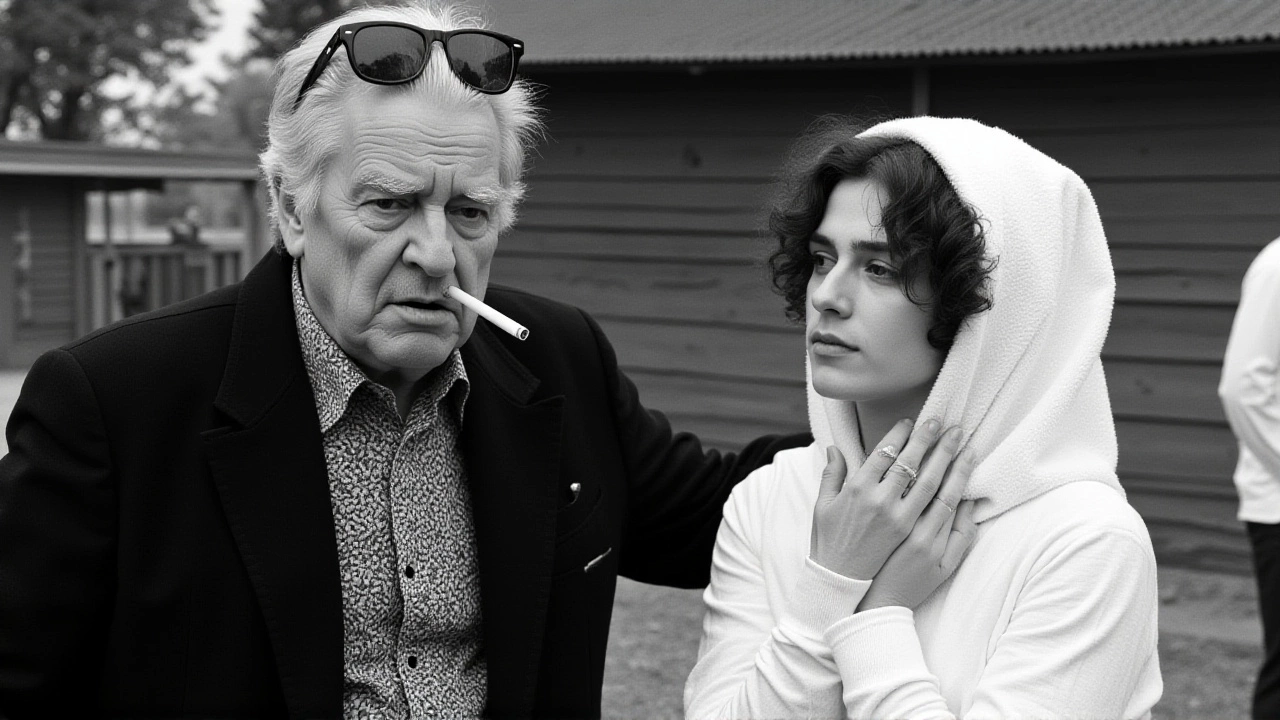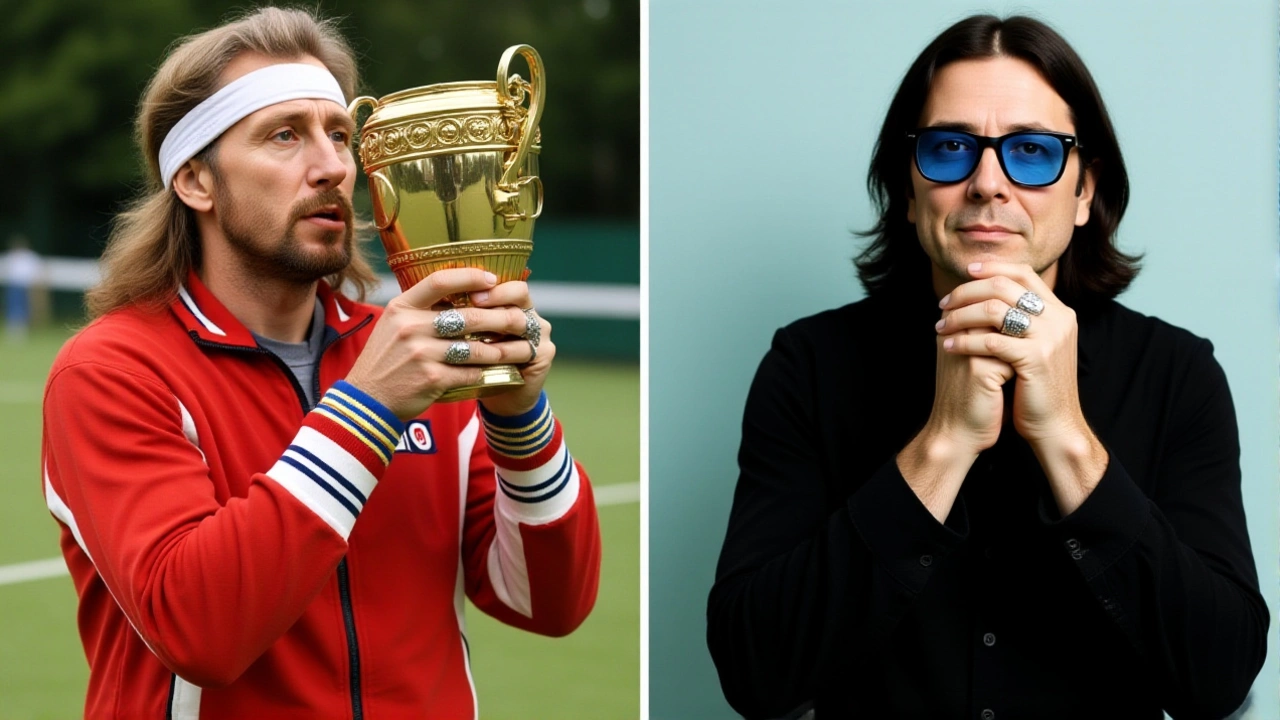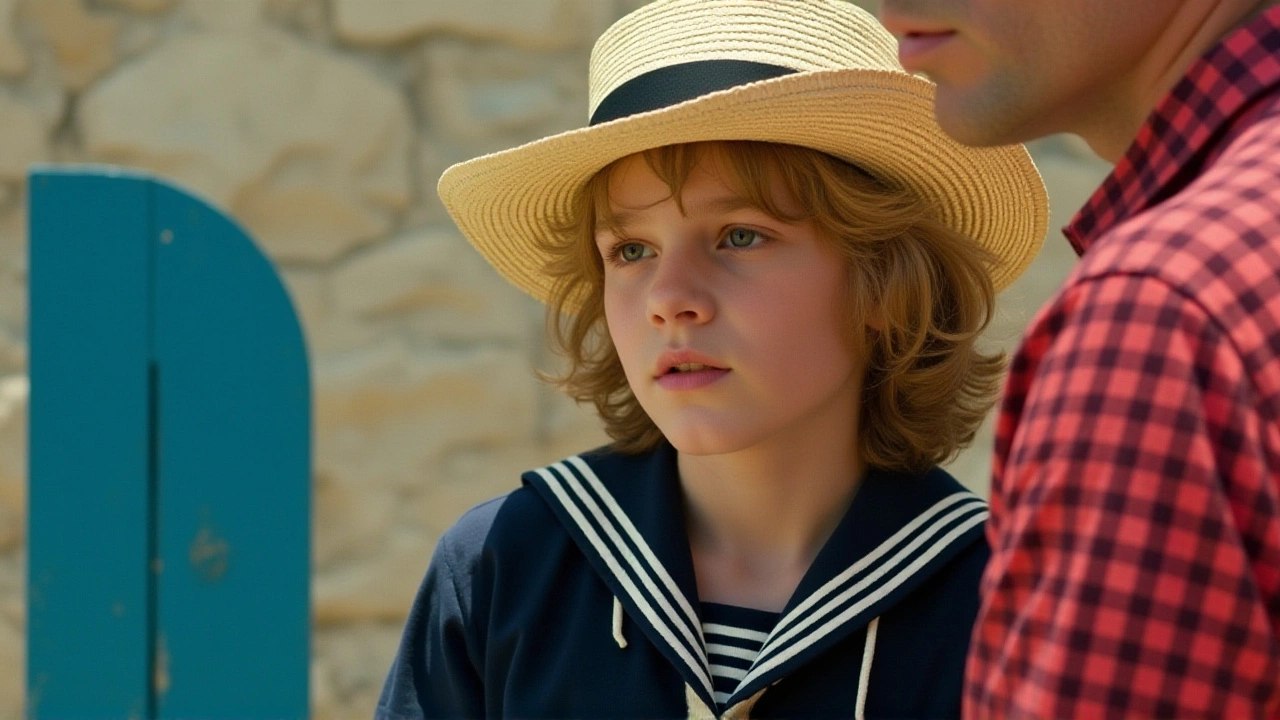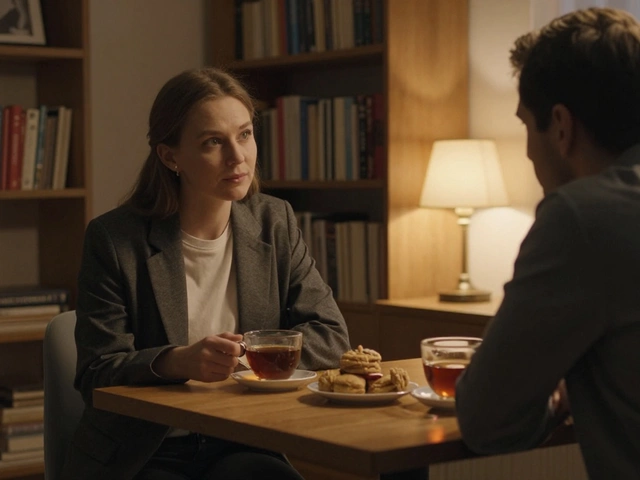
When Björn Andrésen stepped onto the set of Luchino Visconti’s Death in Venice at 15, he didn’t know he’d become a global icon — or that the world would never let him grow up. The documentary The Most Beautiful Boy in the World, directed by Swedish filmmakers Kristina Lindström and Kristian Petri, premiered at the Sundance Film Festival on January 29, 2021, and it doesn’t just tell his story — it dismantles the myth of the beautiful boy who never aged. What follows is not a tribute, but a reckoning.
The Audition That Changed Everything
Visconti’s search for Tadzio was exhaustive. He scoured Europe, looking for a face that embodied pure, unattainable beauty. Andrésen, a shy Stockholm teenager with no acting experience, was chosen after an audition where, according to multiple accounts, he was asked to strip to his underwear. His grandmother, dazzled by the prospect of fame, reportedly didn’t object. "I felt like some kind of wandering trophy," Andrésen later told reporters. That line echoes through the entire film — not as a dramatic quote, but as a quiet, devastating truth.A Childhood Stolen, a Life Haunted
After Death in Venice premiered at the 1971 Venice Film Festival, Andrésen’s life unraveled in ways no one anticipated. At Cannes, he was taken to a gay bar at a post-screening party. In Japan, he was handed amphetamines by strangers who saw him as a curiosity. In Paris, a wealthy patron reportedly "paraded him like a trophy." These weren’t isolated incidents — they were systemic. The film doesn’t sensationalize; it documents. Archival footage shows Andrésen’s face in Japanese anime like The Window of Orpheus and The Rose of Versailles, his image repurposed for commercial gain, long after he’d stopped being a child.The Weight of Loss
The most devastating moments come not from Hollywood excess, but from private grief. Andrésen reads aloud from his mother’s police report — the one detailing how her body was found in their Stockholm apartment. She died by suicide, a trauma he carries with the weight of unspoken guilt. His father had died when he was a toddler. His mother, described as "a vagabond of sorts who enjoyed the company of artists," was emotionally distant even before fame consumed them both. Then, in adulthood, his own child died of Sudden Infant Death Syndrome. "I didn’t know how to be a father," he says quietly. "I didn’t know how to be a person."
A Man in His 60s, Still Trapped
Today, Andrésen lives in a cluttered, unsafe apartment in Sweden, facing eviction due to fire hazards — gas burners left on, filth accumulating. His girlfriend, who "truly cares for him," is exhausted. She threatens to leave. He doesn’t fight back. He doesn’t seem to believe he deserves better. The film refuses to paint him as a saint. He’s moody. He’s stubborn. He’s a brat sometimes. But he’s also painfully human. "He isn’t a perfect man, nor an angelic martyr," wrote reviewer Ian Thomas Malone. "And that’s what makes him real."Why This Matters Now
This isn’t just a story about one boy. It’s a mirror held up to an industry that still exploits the young — especially boys, whose suffering rarely makes headlines. The documentary draws a direct line between Visconti’s 1970s behavior and the #MeToo reckoning that later exposed Bryan Singer, Kevin Spacey, and others. "We’re only now beginning to reckon with how young boys were groomed, objectified, and discarded," noted We Live Entertainment. "Girls get the headlines. Boys get the silence." Germaine Greer’s 2003 coffee-table book The Boy, which used Andrésen’s teenage photo on its cover, crystallized the hypocrisy. "One of the contemporary era’s best known feminists was appropriating his image as an object of desire," he told The Guardian, "when a large part of the feminist movement was constructed to critique the notion of objectification."
The Quiet Fight for Self-Respect
The film’s final act is its most hopeful — and most heartbreaking. Andrésen, now in his mid-60s, is trying. He’s writing poetry. He’s listening to secret vinyl recordings of his mother reading her own poems. He’s seeking love, not as a commodity, but as a right. "He’s committing himself to finding sincere love and self-respect for the first time in his life," said The Utah Review. It’s not a redemption arc. It’s not even a happy ending. It’s simply a man, after decades of being used, finally trying to be seen.Frequently Asked Questions
How did Björn Andrésen’s experience in Death in Venice differ from other child actors?
Unlike many child stars who were groomed for long-term careers, Andrésen was chosen for a single, symbolic role — Tadzio — meant to embody beauty, not personality. He had no training, no support system, and was immediately thrust into adult spaces at festivals, where he was objectified without consent. His fame was not earned through performance, but through appearance, making it impossible to outgrow.
What role did gender play in how Andrésen was treated?
Boys like Andrésen were rarely seen as victims of exploitation — their vulnerability was ignored or romanticized. While girls faced scrutiny over sexualization, boys were praised for their "innocence." This silence allowed predators to operate unchecked. The documentary argues this double standard still exists, making Andrésen’s story a crucial, overlooked chapter in the broader conversation about abuse in entertainment.
Why did the filmmakers avoid turning this into a "tragic hero" story?
Lindström and Petri deliberately included Andrésen’s flaws — his anger, his neglect of his living space, his passive resistance to help — to avoid reducing him to a symbol. They wanted viewers to see him as a complex man, not a cautionary tale. This approach makes his pain more real, not less. As one reviewer put it: "He’s not an angel. He’s a survivor. And that’s harder to look at."
How did Germaine Greer’s use of Andrésen’s image contribute to his trauma?
Greer’s 2003 book The Boy used Andrésen’s teenage photo as a centerpiece of a volume celebrating eroticized youth. For him, it wasn’t art — it was a betrayal. A feminist icon, whose work criticized objectification, had used his image as a tool of desire. He described the experience as "distasteful," highlighting the gap between ideology and practice — a wound that never healed.
What happened to the original footage of Andrésen’s audition?
The original audition footage was never preserved. The only records are secondhand accounts from those present, including Andrésen’s grandmother and crew members. The filmmakers pieced together the scene through interviews and archival documents, emphasizing how easily the truth about child exploitation is erased — even when the world is watching.
Is there any evidence that Visconti knew he was exploiting Andrésen?
Visconti never publicly acknowledged wrongdoing, and no documents prove intent. But his actions — the stripping request, the lack of a guardian, the immediate sexualization of a 15-year-old — suggest willful disregard. The film implies this wasn’t an isolated lapse, but part of a broader pattern in European cinema at the time, where artistic ambition often overrode ethics.





